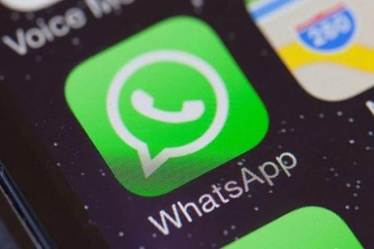WhatsApp witnessed outage in many countries across the world on Sunday. India was also on the list of countries where people were unable to use WhatsApp. Users across the world took to Twitter and complained that they were unable to share photos, GIFs and videos using the WhatsApp. According to reports, WhatsApp’s server had experienced some problems because of which users had to face issues for sometime. However, the issue was resolved later and WhatsApp was functioning properly
According to a report, users experienced maximum problems while sending or receiving messages. This was because the Facebook-owned popular messaging service platform was unable to establish a connection with the server. The Indian Express quoted a Facebook spokesperson, as saying that the problem occurred because of routine maintenance which was fixed later.
Several users took to Twitter last evening and said that the app was not working.
#whatsappdown
WhatsApp down for the first time in 2020
Still some users in india are facing this issue. pic.twitter.com/rp5qlMl2EL— Nishant Jain (@jainnishant537) January 19, 2020
#whatsappdown in India
Is everybody facing the same problem? pic.twitter.com/aIF7127Mlb— Saurabh Chhabra (@saurabhseo) January 19, 2020
me trying to send voice messages, photos and stickers#whatsappdown pic.twitter.com/b0DlBegjNc
— Giorgia (@giorginaac) January 19, 2020
Facebook did not make any official statement regarding the issue. WhatsApp’s official Twitter handle has also not tweeted anything regarding the same. The social media messaging platform is one of the most popular messaging services in India.
The popular social media platform has over 400 million users in the country. WhatsApp was founded by Brian Acton and Jan Kuom back in 2009. The app was an instant hit amongst iPhone users which helped it gain more popularity.
Later, in 2014 social networking giant Facebook announced that they will be acquiring WhatsApp for a whopping sum of $19 billion. Recently, the app had received an update in which Facebook incorporated its name when a user opens the app.
